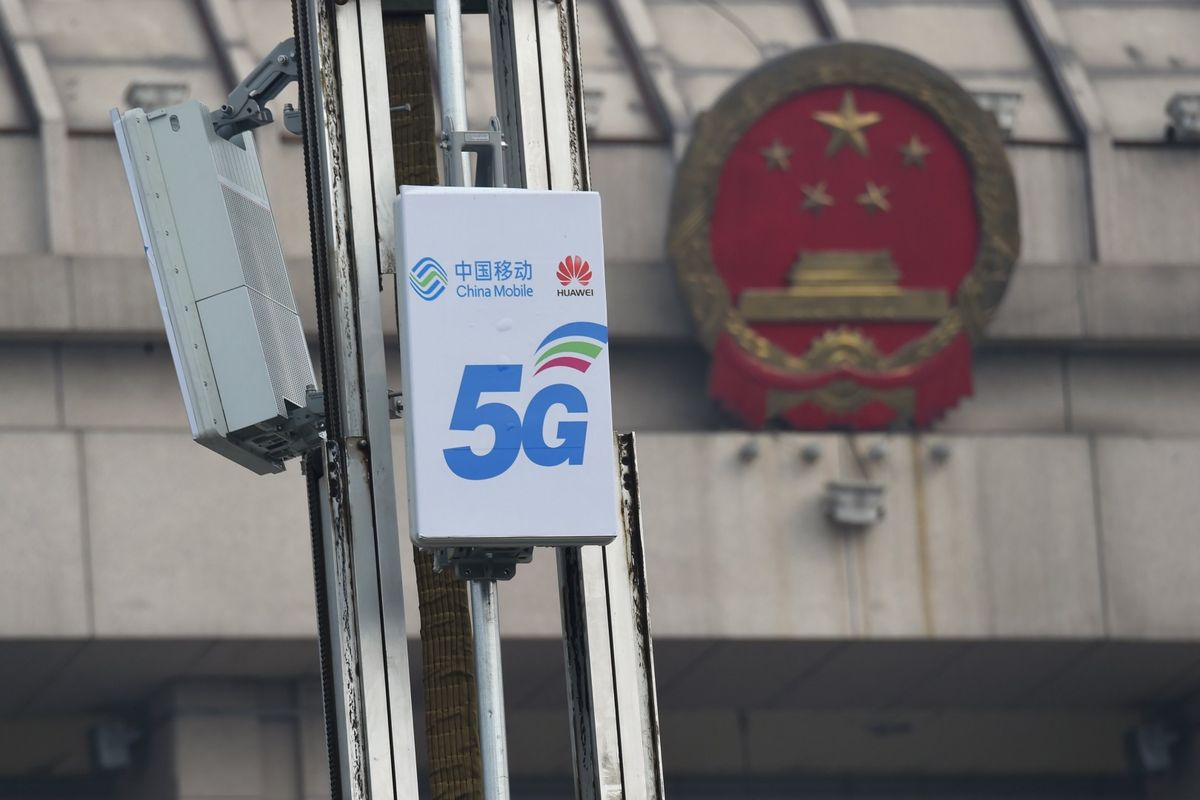Where is 5G now?

A few minutes every morning is all you need.
Stay up to date on the world's Headlines and Human Stories. It's fun, it's factual, it's fluff-free.
By the end of 2020, China is estimated to have around 80% of 5G mobile subscriptions worldwide.
Despite providing faster wireless networks and infinite technological possibilities, 5G has had its fair share of challenges over the past few years. As the focus of both international sanctions and conspiracy theories, 5G has left countries with the difficult task of developing their 5G infrastructure.
So where is 5G now?
China
Chinese telecom giants Huawei Technologies Co., Ltd. and Guangdong Oppo Mobile Telecommunications Corp., Ltd. (operating as Oppo) took control over many 5G patents early on in the process, positioning China at the forefront of the development of 5G infrastructure.
China’s early entrance into the new market is likely to pay economic dividends thanks to what 5G is expected to bring with it – namely, hundreds of thousands of jobs as well as new and innovative technologies.
New versions of wireless services have historically proved valuable. The United States found that being an early adopter of 4G brought with it a massive increase in the number of jobs and technological development in the country.
China has faced some challenges in securing similarly economic benefits with its 5G development. Huawei was banned from playing a part in building the 5G network in the US and the United Kingdom, with the US publicly claiming that security concerns were the reason for the ban.
Huawei, meanwhile, has argued that the ban had more to do with the trade war between the US and China under the Trump administration.
But China hasn’t let the setback deter it. Xiao Yaqing, the Chinese Minister of Industry and Information Technology, said at an industry event that the country would be adding more than 600,000 base stations in cities across China to accelerate 5G coverage, including 8,000 in Shanghai alone. This would come on top of the more than 700,000 stations nationwide and as part of the US$1.4 trillion rollout of the country’s 5G infrastructure.
By the end of 2020, China is estimated to have around 80% of 5G mobile subscriptions worldwide.
In its pursuit for global 5G domination, China formed economic alliances with developing countries throughout Africa, Latin America and Asia. The budding economies in these locations have allowed China to recoup some of the revenue it’s lost in the US and Europe by providing 5G networks run almost exclusively through Huawei. These networks will give China the upper hand in the 5G development race.
United States
The trade war the Trump administration waged against China brought the US a number of 5G-related problems. The most prominent of these came with the US ban on Huawei. The failure to provide service to the US killed most telecom operators’ original plan, which was to use the prebuilt 4G network to kick-start the development of 5G in the states, about half of which was built by Huawei.
However, with a new president, the US might be more open to discussions with China that could save telecom operators billions. President Joe Biden has also eased concerns that his administrations’ policies could change overnight, minimizing operator’s fears.
But when it comes to 5G, the US will still likely seek to compete with China not only in the North American market, but in other countries as well.
In fact, the US has already had success in getting other countries to take a hard line against Huawei.
The UK banned Huawei’s involvement in the development of its network, while Japan, Australia and India have also abandoned Huawei. This move away from Huawei provides an opportunity for both American and European telecom companies to get their foot in the door in markets they wouldn’t otherwise target.
Europe
The European Union has been slow to develop its 5G market, currently making up only around 1% of mobile 5G subscriptions, compared to the 4% occupied by the US and the 80% taken by China.
But now, after years of reluctance when it came to investing in a significant 5G network, the EU has decided to dedicate a fifth of its US$914 billion recovery fund to improving digital capabilities within the union.
Europe has faced pressure from the US to shun Huawei’s technology to develop its 5G infrastructure and this could prove beneficial to European companies. Finland’s Nokia and Sweden’s Ericsson have already profited off of Huawei’s inability to fill the gaps in markets that have banned it.
But who will ultimately emerge as victorious in the 5G wars is yet to be seen.
Have a tip or story? Get in touch with our reporters at tips@themilsource.com




Comments ()